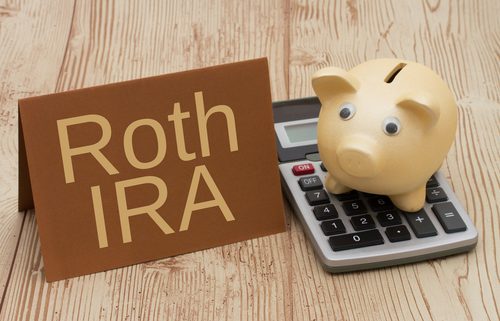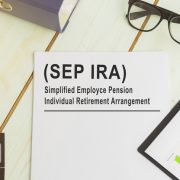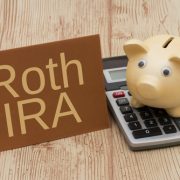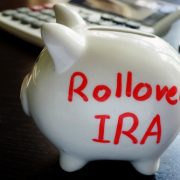The Advantage of the Self-Directed Roth IRA No One Talks About
There’s a lot to talk about with Self-Directed Roth IRAs. Some people like the freedom of investing after-tax dollars into retirement; this means that they can use that money later in life without having to pay additional taxes on it, since the taxes were paid upfront (depending on your specific tax situation). Other people like that it’s independent; you can carry it with you from job to job, from business to business, without any thought. But there is one advantage to the Self-Directed Roth IRA that no one talks about. And while it does have to do with the fact that contributions are “after-tax,” it’s not exactly what you’d expect. Here it is:
There are no required minimum distributions (RMDs) in a Self-Directed Roth IRA.
To better understand what that means, let’s first explore the context. Here’s what you’ll need to know about this advantage that’s unique to Roth accounts.
What are Required Minimum Distributions?
When you invest before-tax money into a Self-Directed Traditional IRA, for example, the government needs to make sure that it isn’t just a way to escape taxation. That money eventually should be taxed; after all, it was income. To that end, the rules don’t allow investors to simply keep money within a before-tax account for as long as they want. Eventually, they must take out RMDs and pay the taxes on that income. You can still work after a certain age, but eventually, with a pre-taxed type of retirement account, you will be expected to start taking money from that account.
Why does this matter? Because of the power of capital gains. The longer you keep money in an account, the more opportunities it has to grow—and then grow on the growth. Investors are well aware of what it means to keep investment dollars in play. The longer you keep compounding returns, the more those returns become. The larger the overall pie is, the larger one slice of that pie will be.
With most retirement accounts, you want to start as soon as possible because you know you’ll eventually have RMDs to pay money on. But with the Roth IRA, there’s a unique quirk. Since you’ve already paid all the taxes on the money, the IRS doesn’t require that you take money out after a certain age.
Keeping Money in a Roth IRA Late in Retirement
Of course, you can keep money in a Self-Directed Roth IRA as late in retirement as you want. And you can take the money out once you reach retirement age. But if you’re healthy, continuing to work, and enjoy the work you do, you can also let the money in the Roth IRA continue to grow in your account if you choose. This can give you a lot of freedom and peace of mind. It can also give you access to more fulfilling returns in the most important years: when the returns are really starting to show.
This isn’t individual investment advice, because everyone’s situation is different. But we do want people to know about the unique quirk of the Roth IRA that may make it more appealing to people who have designs on keeping a Roth IRA late in life. Because there are no RMDs later on, you can consider a Roth IRA to be more flexible when it comes to dealing with your retirement accounts when you reach retirement age.
Interested in learning more about Self-Directed IRAs? Contact American IRA, LLC at 866-7500-IRA (472) for a free consultation. Download our free guides or visit us online at www.AmericanIRA.com.









